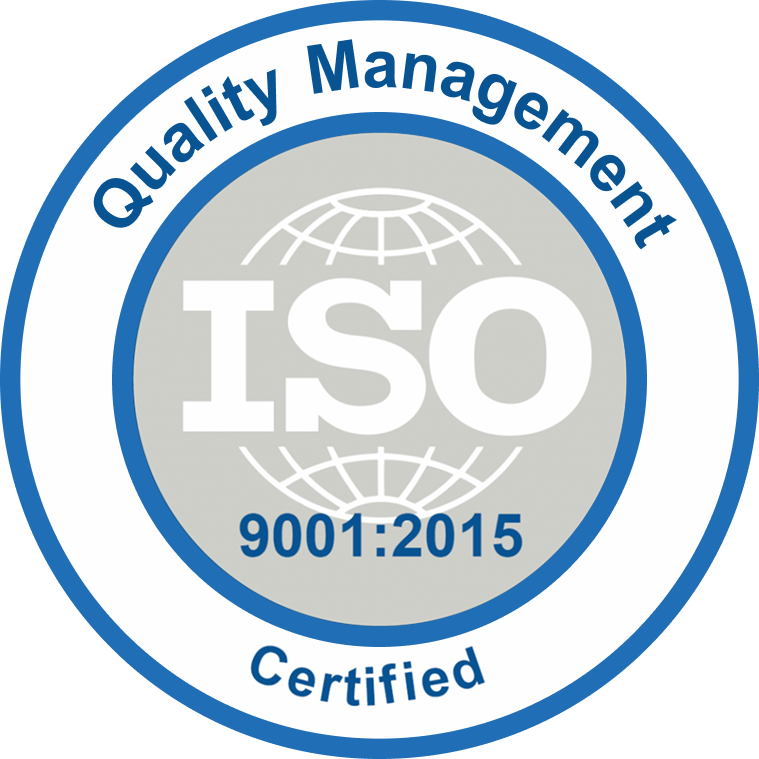Augmented Reality and Virtual Reality: Changing Marketers’ Trend
In our world today, we are constantly experiencing the hype culture that comes with the launch of a plethora of shiny, new objects, all claiming to change the world. This phenomenon has become so prevalent that it received its own methodology; in a recent report, the research and IT firm Gartner became the first to develop a method of representing the places of new technologies in the “hype cycle”.
All this talk about the rapid pace at which technology is transforming our lives has sparked a recent buzz among marketers, inspiring many discussions about howvirtual reality (VR)andaugmented reality (AR)could dramatically change the marketing landscape. In this article, we thought we would take a more practical look at VR and AR, their many uses, and help you distinguish between what could potentially take place and the hype.
Breakthrough in Marketing Applications
These new emerging platforms are paving the road for inventive ways of engaging customers in an immersive manner. As with all new solutions, the key to being successful is to blend the subject matter of the experience with the suitable technical approach.
If a customer is shown something in VR just for the sake of providing aVR experience, then it goes without having any inherent marketing value apart from just the “cool factor.” After that factor quickly fades, it’s likely that the company won’t continue to retain the attention needed from a marketing standpoint.
When thought is put into the VR experience, it can be providing a meaningful avenue to overlap marketing information on a real-world scene. Experiences designed to showcase things like an exclusive internal product feature, which can’t be seen from the outside, create a notable and significant association of the technology to the marketing message. Customers value these experiences as they have established an actual connection to them and feel as if they have gained something of value through the experience.
For complex products and solutions, showing something in a digital immersive setting can produce an immense effect because the same experience is difficult to deliver with real-world products or surroundings. At the same time, the customer is able to use the immersive platform totruly understand the value of a product or solution.
When it comes to making a decision on how to use VR and AR from the marketing standpoint, there are a few important things to consider. Think about how the experience can really engage with the customer from the perspective of application to the customer’s environment, along with how the three key elements of engagement(sensory, intellectual, and emotional connections)could be implemented to deliver an effective marketing understanding.
Here are some examples that we believe really demonstrate the innovative impact of AR and VR in marketing:
- 3D ARpresenting how a new product would fit into a customer’s environment: Wayfair is a great example of a 3D AR application targeting the visualization aspect for consumers. Their 3D AR app allows customers to see what their furniture would look like in their home. Additionally, inB2Buse cases, this application can easily illustrate how big industrial equipment would fit into a manufacturing assembly line, or how lab equipment could be efficiently placed in a clinical environment.
- VR for complex B2B solutions:An example of a VR solution in aB2Bapplication is that of a VR experience designed for IT managers to see the waysoftware-defined network (SDN)digital data reconfigures physical data center hardware in real-time through a virtual data center. This is unimaginable in a real-world data center as because there is no way to visualize this data in real-time with respect to the configuration of physical servers and switches. Ultimately, these complex hardware and software products can be shown and simplified in an immersive environment that offers the user a sense that they are in the real data center but reveals the working pattern of the software, thereby providing some much-needed clarity.
Immersive AR and VR applications have the power to change the connection between customers and companies because of their unique ability to deliver the most engaging, useful, and personalized experiences. Thoughtful selection and design of these tools will offer inventive marketers truly effective and valued solutions.

